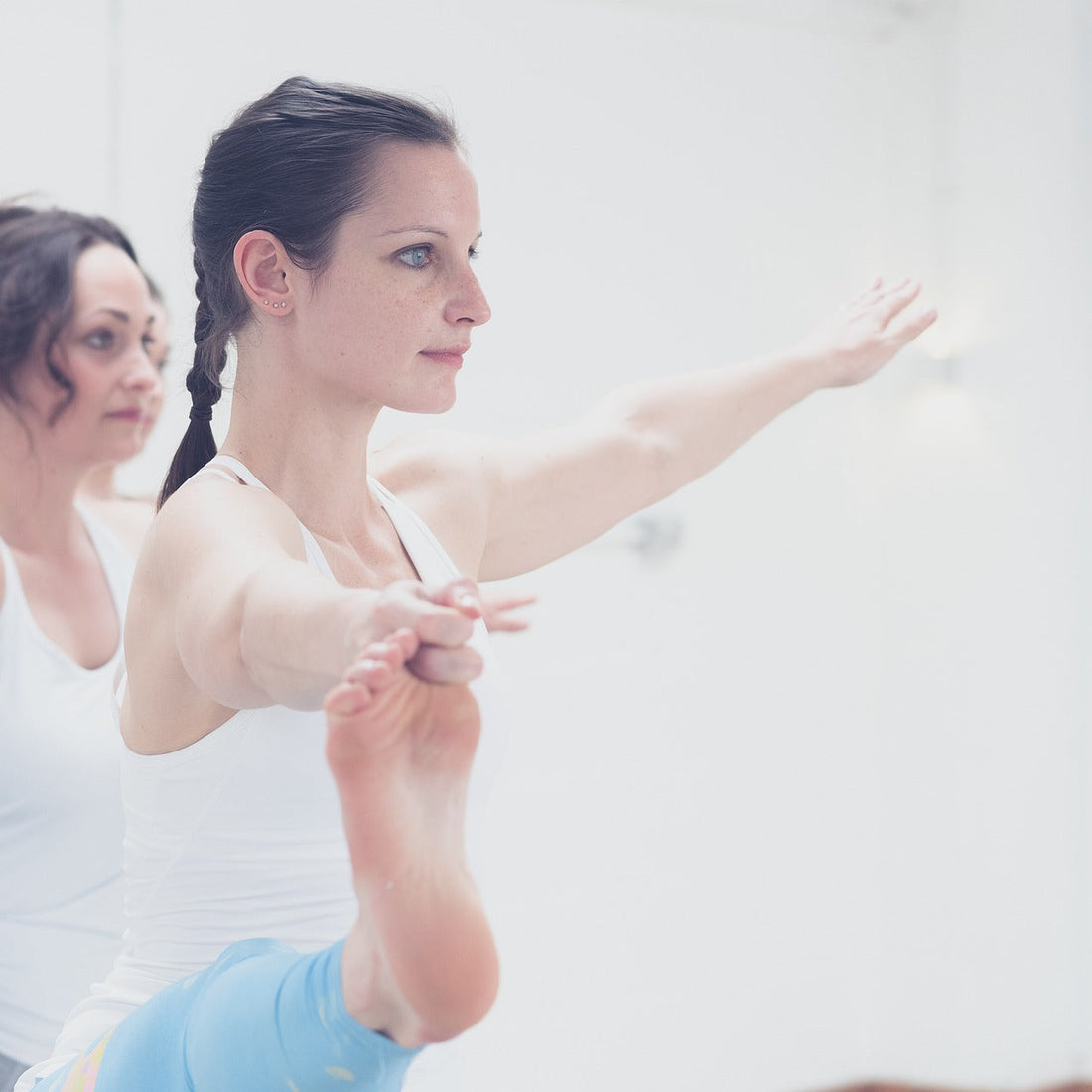
Functional Fitness and Longevity: Training for Life
Share
Staying active isn’t just about looking good; it’s about being able to live life to the fullest—whether that means playing with your kids, carrying groceries without strain, or staying steady on your feet as you age. That’s where functional fitness comes in.
Unlike traditional gym routines that focus solely on isolated muscle groups, functional fitness emphasizes movements that mimic real-life activities. This type of training not only strengthens your body but also improves balance, coordination, and flexibility, setting you up for a healthier, more capable life.
What Is Functional Fitness?
Functional fitness involves exercises that train your muscles to work together efficiently. These movements typically engage multiple muscle groups and mimic actions you perform every day, like bending, twisting, lifting, and reaching.
Examples of functional fitness exercises include:
- Squats: Mimicking the motion of sitting down and standing up.
- Lunges: Strengthening the muscles you use when climbing stairs.
- Deadlifts: Helping you safely pick up heavy objects from the ground.
- Push-ups: Building upper body strength for pushing motions.
- Planks: Strengthening your core for improved posture and stability.
Benefits of Functional Fitness for Longevity
1. Enhanced Everyday Performance
Functional exercises make daily tasks easier and safer. Imagine lifting a heavy box without worrying about pulling your back or confidently climbing stairs without fatigue.
2. Injury Prevention
By strengthening muscles and improving coordination, functional fitness reduces the risk of injuries. It trains your body to move efficiently, which can help protect your joints and muscles from strain.
3. Improved Balance and Stability
As we age, balance becomes increasingly important. Functional fitness emphasizes core strength and balance exercises, reducing the risk of falls and related injuries.
4. Increased Strength and Flexibility
Functional exercises engage multiple muscle groups, promoting full-body strength and improved flexibility—key components for staying active and mobile as you age.
5. Boosted Mental Well-Being
Exercise, including functional fitness, releases endorphins, the body’s natural mood boosters. Staying physically active also helps reduce stress and anxiety, contributing to better mental health.
Tips for Getting Started
If you’re new to functional fitness, here are some tips to help you get started:
- Start Small: Focus on mastering basic movements before progressing to more complex exercises.
- Use Your Body Weight: You don’t need fancy equipment to get started—bodyweight exercises are incredibly effective.
- Focus on Form: Proper technique is crucial to avoid injuries and get the most out of each exercise.
- Incorporate Variety: Mix up your routine to engage different muscle groups and keep things interesting.
- Seek Professional Guidance: If you’re unsure where to start, consider working with a fitness trainer to design a program tailored to your needs.
A Lifelong Investment
Functional fitness is more than just a workout trend; it’s a lifelong investment in your health and well-being. By training your body to move efficiently and effectively, you’re setting yourself up for a life filled with strength, confidence, and independence.
So whether you’re lifting groceries, playing with your grandkids, or simply enjoying the freedom of movement, remember that every functional fitness exercise is a step toward a stronger, healthier, and more vibrant you.
